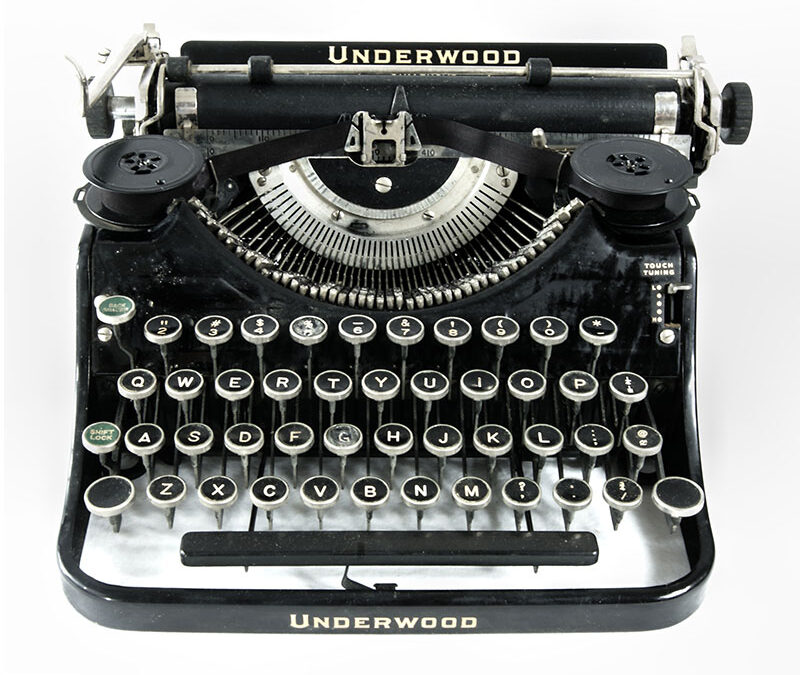There are two types of screenplays.
One is a spec script. This is a screenplay that is written to submit to potential buyers. The writer is “speculating” that he/she will receive a return on his/her investment of time and creativity with a sale.
Spec screenplays are always written in master scene format; clean, and uncluttered, with a lot of “white” and not a lot of text on the pages, and as easy to read as possible.
Master scene format uses scene headings (slug lines), narrative description that’s always written in the active present tense, and dialog blocks.
It has no technical directions in it whatsoever.
As the writer, you want the potential buyer that’s reading your screenplay to become emotionally involved in the story and identify with your characters.
When you add technical directions and camera angles you’ve taken your reader out of the story and its characters and thrown him/her smack dab onto the shooting set.
When that happens, you’ve immediately lost that reader’s emotional involvement that you worked so hard to get in the first place.
At some point, usually long after a spec screenplay has been sold, the second type of screenplay comes into existence – the shooting script.
This is where the script is broken down into specific camera angles, individual shots, and other specific technical directions. How this is done depends upon the preferences of the Director — this is his/her domain.
A writer’s spec screenplay is ALL about the story; NOT about how the film should be shot or what camera angles should be used.

